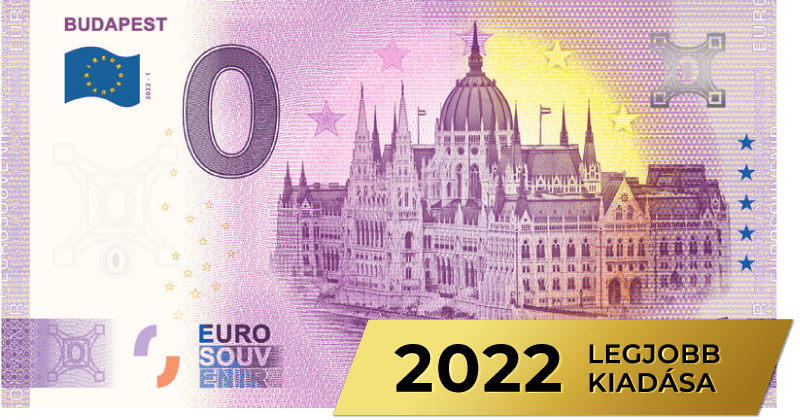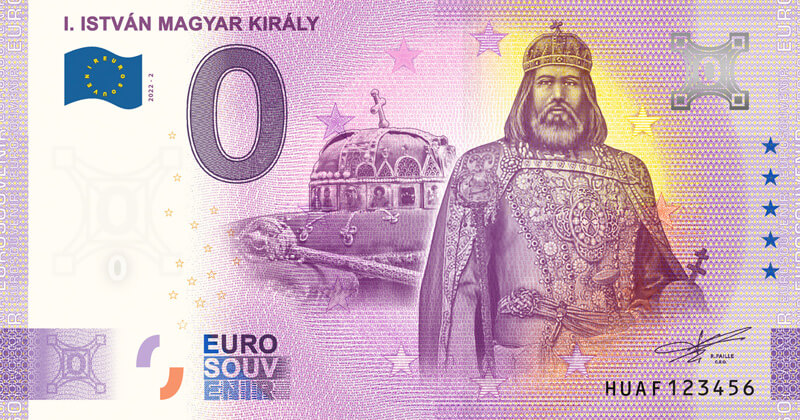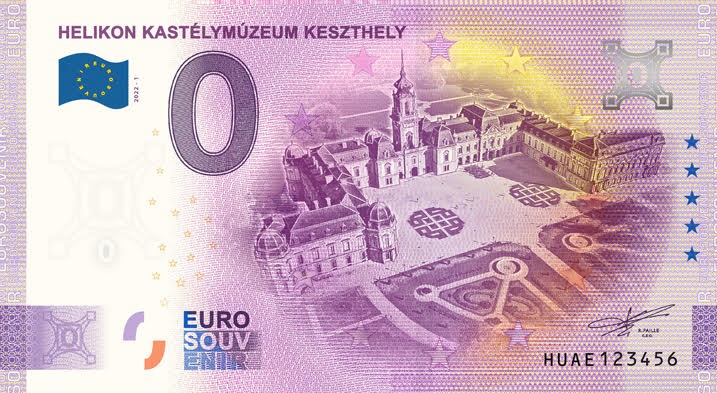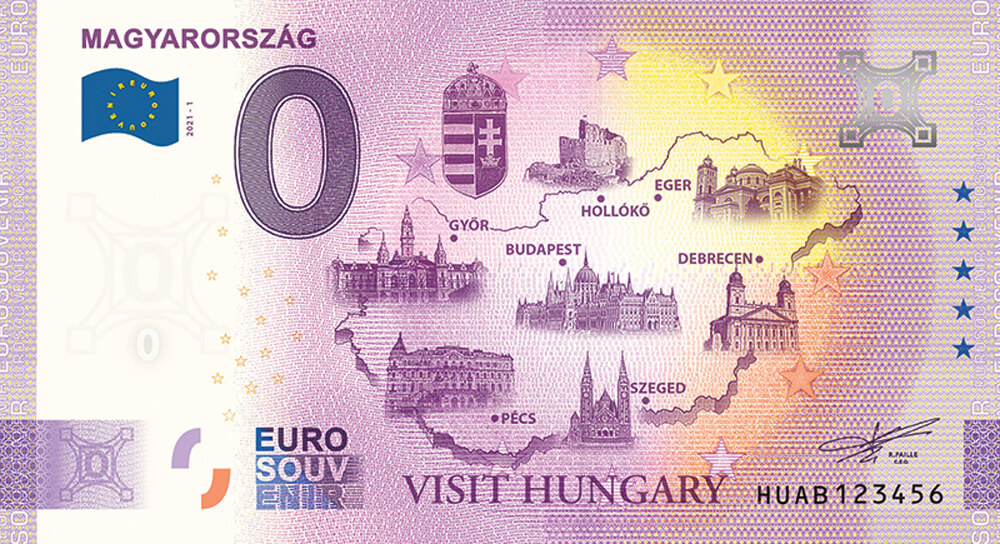Castle of Eger
Dobó István Vármúzeum
A strategically built fortress that defended Europe.
The small town of Eger, where Eger Castle is located, is known as a “little jewel box”. There are many cultural and historical monuments here. The castle of Eger is a Hungarian national monument and is worth a half-day visit in itself. But there are also museums, churches, Turkish architecture, spas and much more.
The history of Eger Castle
The city of Eger was founded by the first king of Hungary, Stephen, who ordered the city to be the seat of the bishop. However, only King Béla IV gave permission to build the Eger Castle. The castle was built in the mid-13th century, after the Mongol invasion, and served as a knight’s castle.
In 1548, István Dobó, an excellent strategist and landowner, was appointed commander of the castle. He was given the task of fortifying the castle and making it a stable defence against the expected Turkish attack. The castle was finally attacked in 1552. It took up to 8 months to cannonade the ramparts. But thanks to a great strategy, the Turkish attacks were repulsed. There was even a myth among the Turks that Hungarian soldiers gained superhuman strength by drinking bull’s blood. But the truth was that the Hungarian soldiers were drinking a great red wine, which is still one of the most notorious in Hungary.
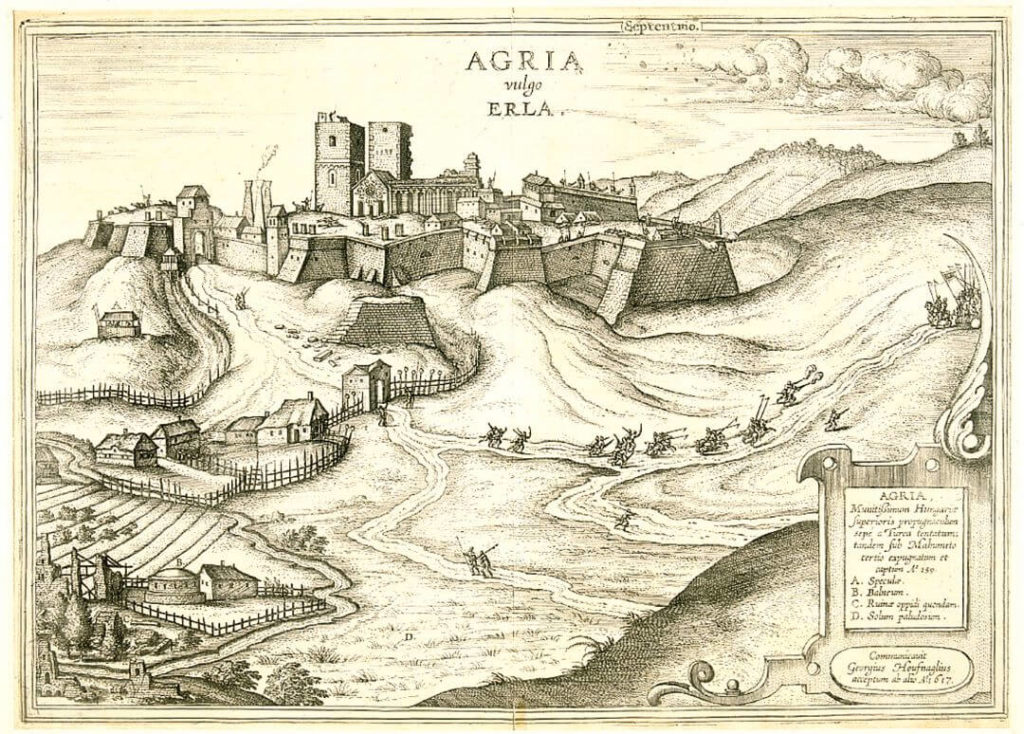
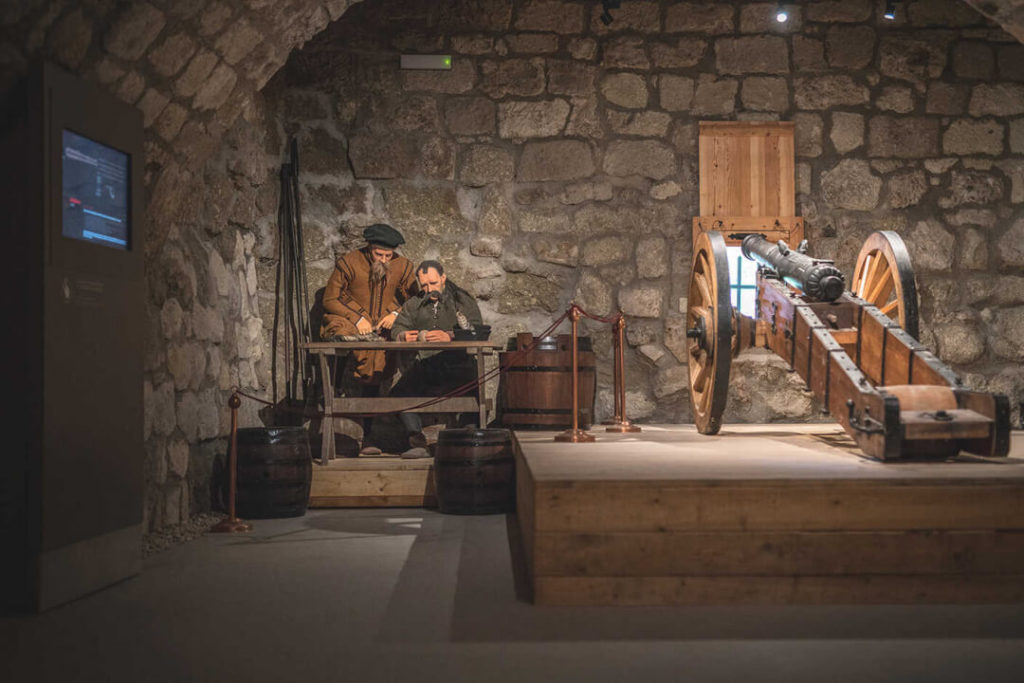
The legendary battle against the Turks was one of Hungary’s greatest victories, but the constant siege took its toll on the castle. The castle was damaged and needed to be rebuilt. This increased both the number of soldiers and the supply of materials. Despite extensive preparations to defend the castle, in 1596 it fell to the Turkish occupation. It lasted 91 years.
However, the Turkish conquest also brought positive changes to the castle – for example, in the 16th century, Arnaut Pasha had a Turkish bath built here, and one of Eger’s most famous landmarks, the Minaret, was built. The castle was enlarged and fortified, and a garden was added.
The Austro-Hungarian army managed to retake the castle in 1687, defeating the Turkish army. Az egri vár izgalmas történelméről a vár területén található gótikus püspöki palota első emeletén nyílik kiállítás.
The castle today
Gothic Bishop's Palace
The palace is the only building within the inner walls. It already existed in the 16th century, when it served as the main tent in which István Dobó planned his strategies for the battle of 1522. As there was a window on each side of the palace, the huge Turkish armies could be seen from both sides. This instilled fear in the Hungarian soldiers, because everywhere they looked, all they saw was the Turkish army, and they had no idea how far it stretched beyond the surrounding mountains. Today the palace houses exhibitions, with the Hall of Heroes on the ground floor and the gallery upstairs. In addition, the aforementioned windows offer a wonderful view of the surrounding town of Eger.
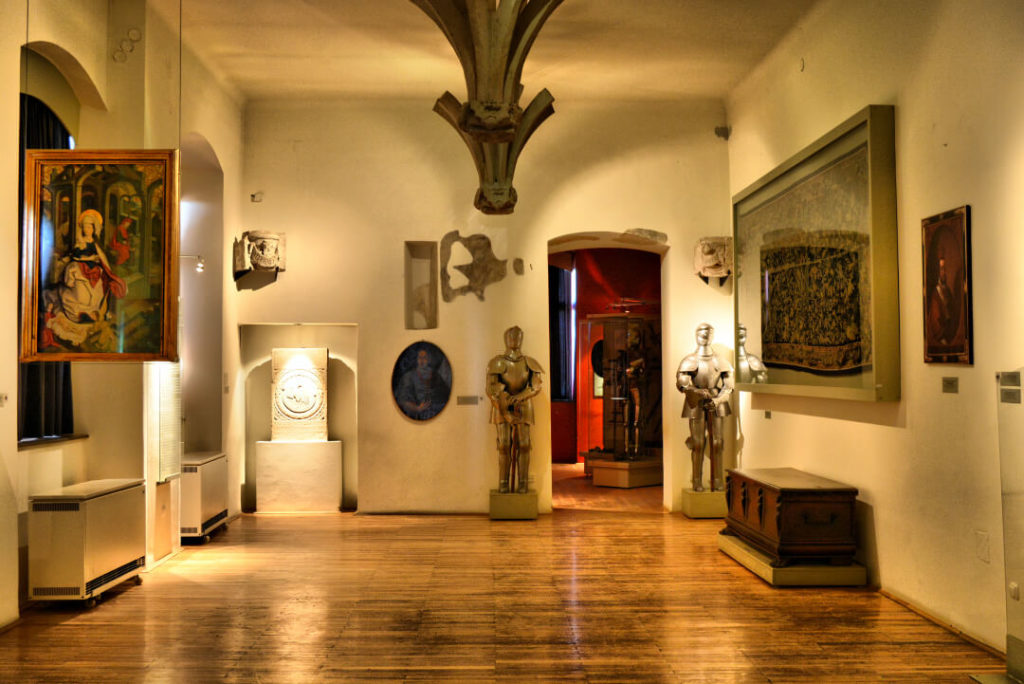
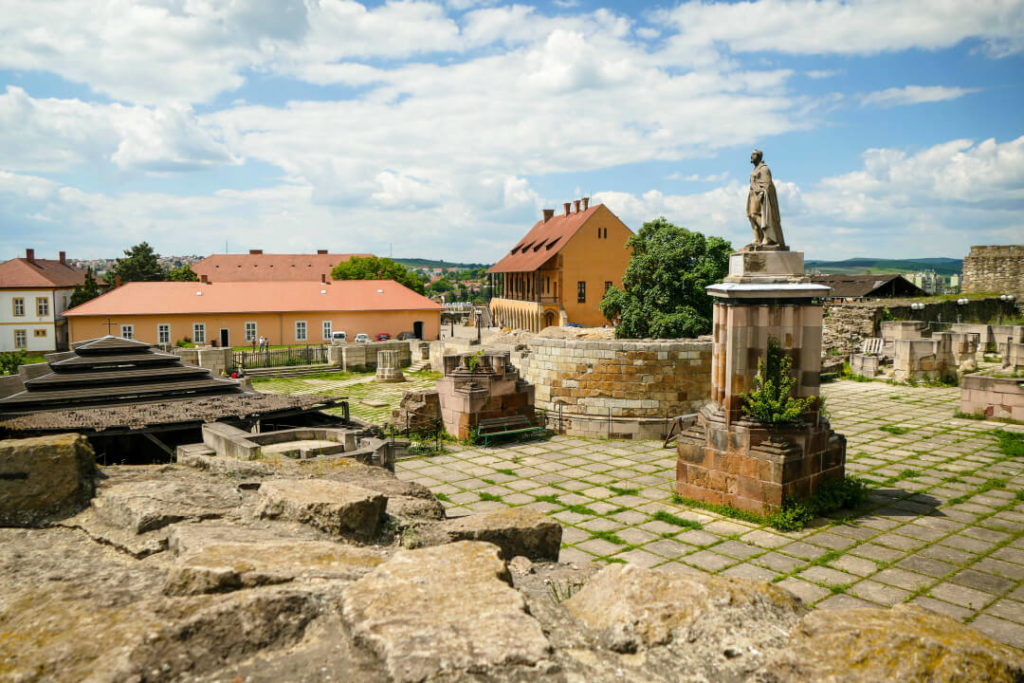
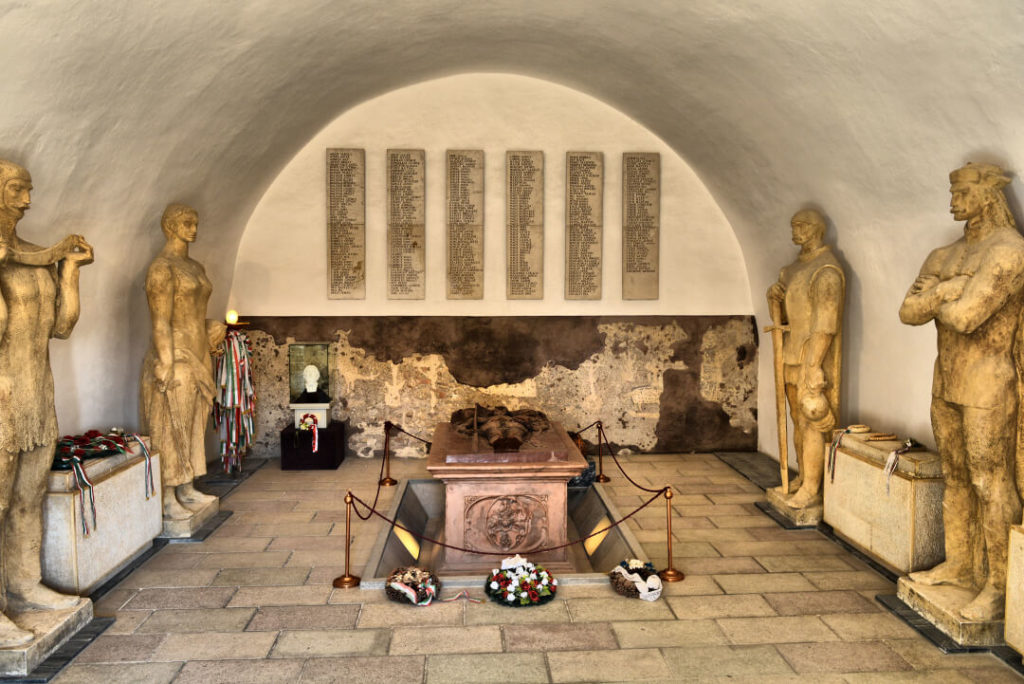
Calvary Hill
Calvary Hill is the highest point of the fortress and offers a magnificent panorama. The town lies below the Calvary, surrounded by the mountains of the Bükk National Park, and on a clear day you can see Hungary’s highest mountain, the Kékestető.
The history of Calvary dates back to 1828, when Bishop János László Pyrker wanted to establish a national pilgrimage site in Eger. The mountain has thus become popular with pilgrims. Unlike the usual stations at the crossroads, however, the route to the top of Calvary has only 7 stops.
Panopticum
Under the so-called complex bastion of the Eger Castle, in the Panoptikum, you can meet the characters of the famous novel The Stars of Eger in person. It’s an exhibition of wax figures, and you’ll find the likes of Captain István Dobó and the Turkish warrior. The exhibition also includes a secret tunnel passage from the earliest period of the castle. The interior is almost intact, so instead of the floor, you can walk along this short stretch of the Eger hill on which the castle was built.
Information and image source: www.egrivar.hu
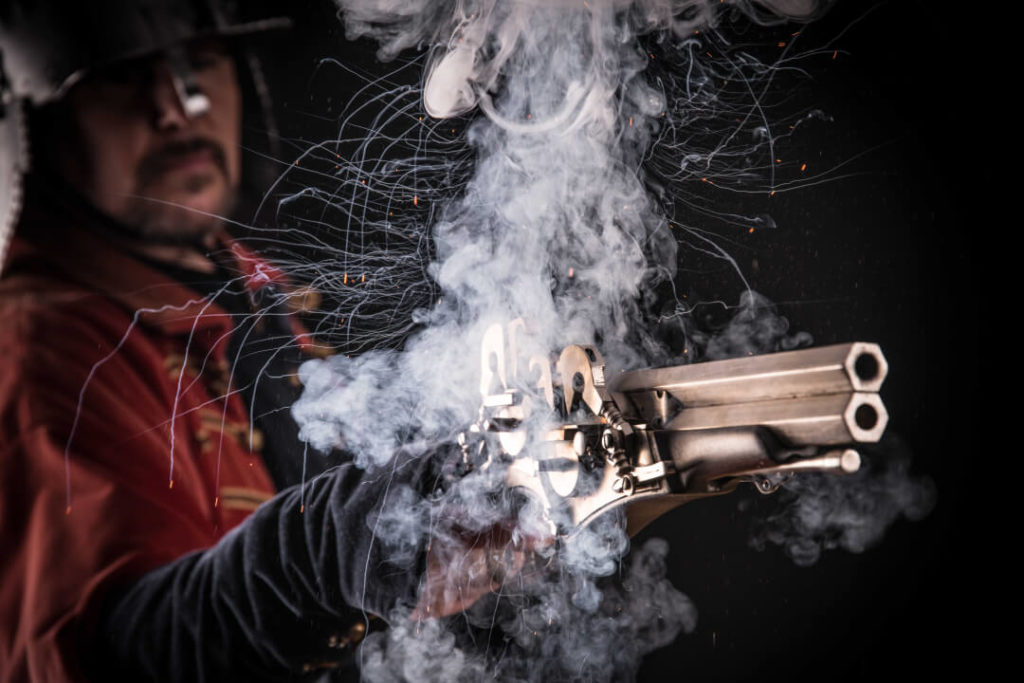
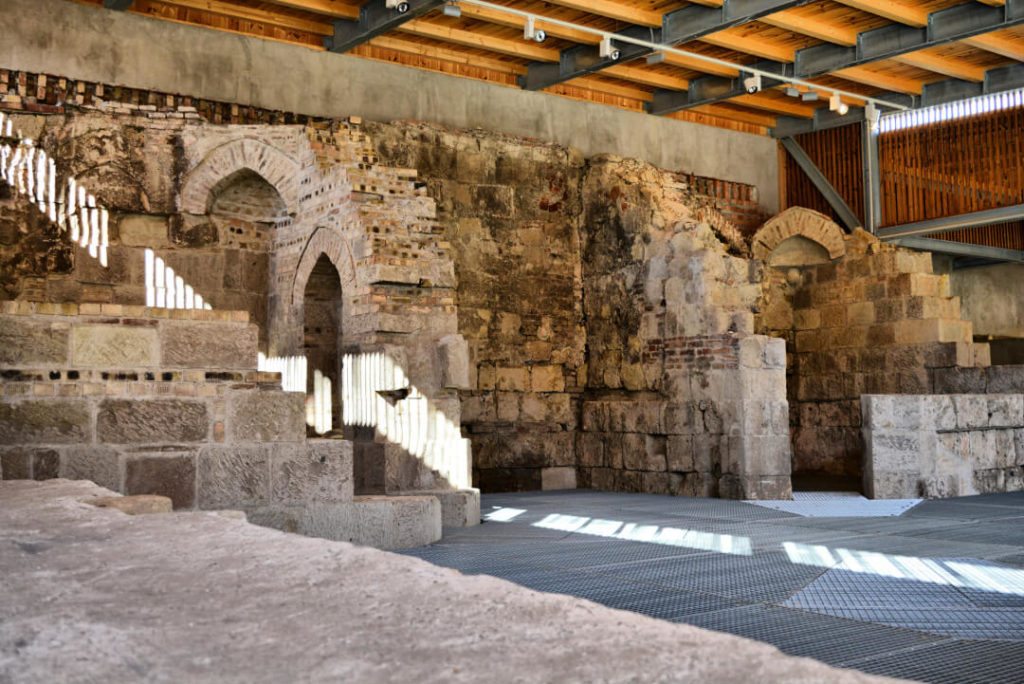
We are working with ...
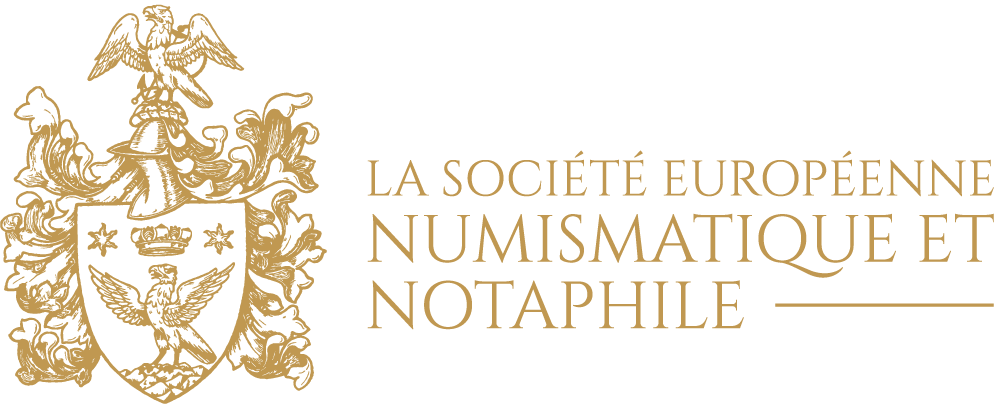

What are zero euro banknotes
and what monuments are depicted on them?
If you are interested in zero notes and would like more information about them, feel free to read the main information directly on our website. Here you will find not only how these banknotes were created, who the founder is and what monuments can be found on the banknotes, but also similar information about what is on each banknote, what they are made of, etc.
Currently, there are already several zero euro banknotes in circulation with the motifs of monuments from Hungary. You can buy all the currently available issues or view older issues of zero euro banknotes in our e-shop.
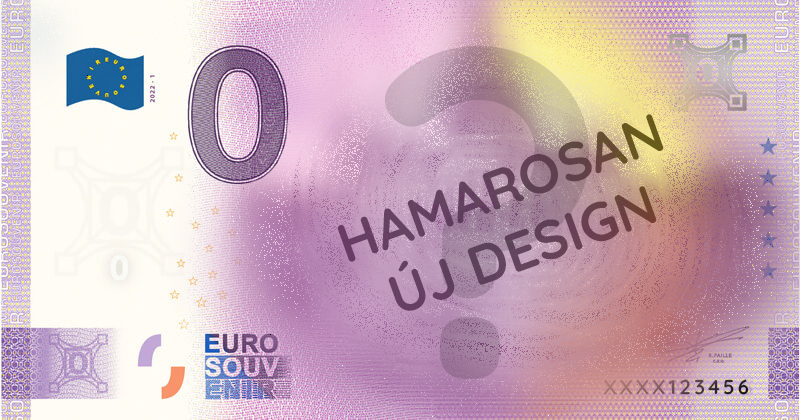
Új kiadások hamarosan!
Dolgozunk az új kiadáson a gyűjteményedbe. Ismerd meg az eddig kiadott bankjegyeinket.

